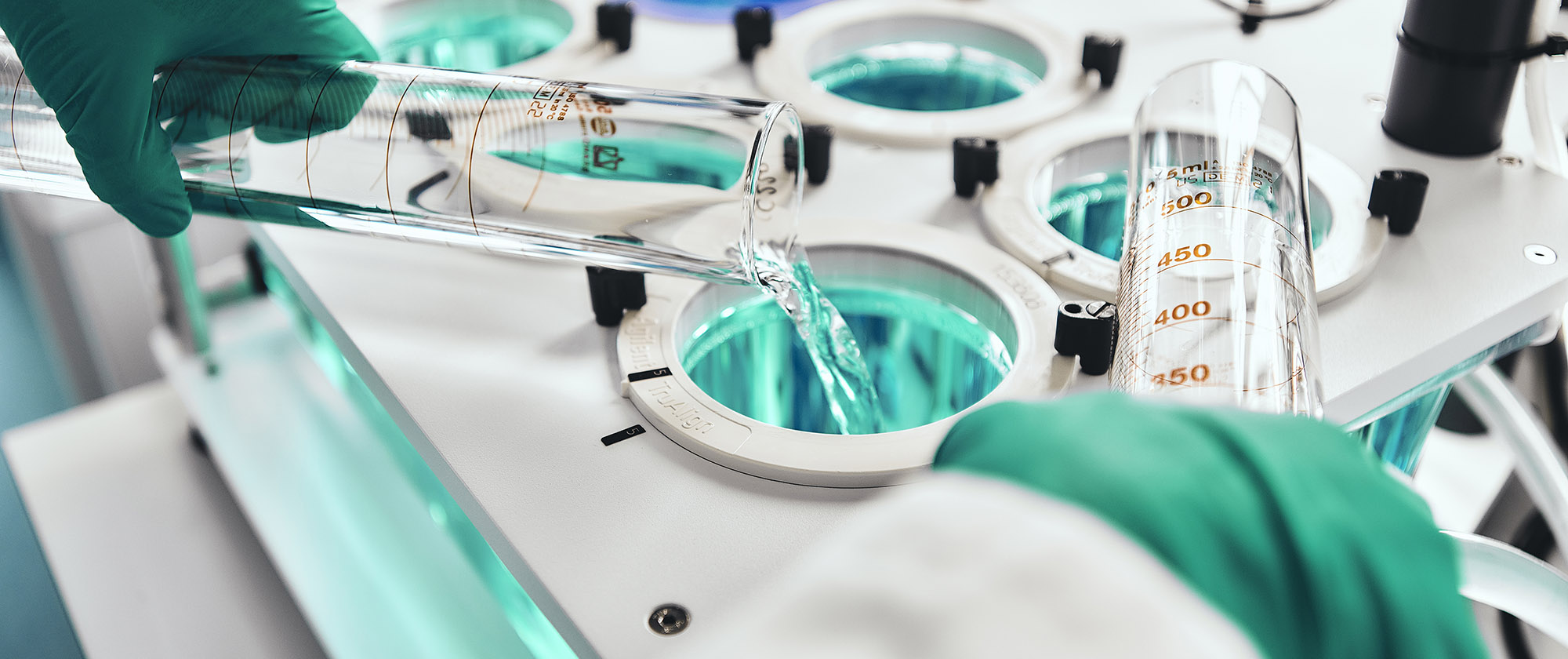Protein degradation resources
Inside every cell, a natural recycling system is constantly breaking down what the body no longer needs. What if that same process could be guided to destroy disease-causing proteins once thought impossible to reach? These “undruggable” targets are often structurally inaccessible, difficult to inhibit directly or lack the proper parts of the protein where drugs can bind. Targeted protein degradation is a promising research platform that redirects the cell’s disposal system toward these challenging proteins, opening a new path where other approaches have consistently failed.
With decades of leadership in protein homeostasis, including the first and only commercialized protein degrader medicines and one of the most advanced clinical-stage protein degradation pipelines in the industry, Bristol Myers Squibb is pushing the boundaries of targeted protein degradation to reshape what we mean by “undruggable.”
How does targeted protein degradation work?
Targeted protein degradation (TPD) represents a paradigm shift in drug discovery. Rather than simply blocking harmful proteins, degraders guide the body’s recycling machinery to remove them altogether, redefining what medicines can reach.
How does targeted protein degradation use the natural process in the body to address disease?
Like a recycling plant sorting out what’s no longer needed, cells tag damaged or excess proteins for breakdown through a natural process called ubiquitination. Scientists at BMS are leveraging this process to design medicines that selectively degrade disease-causing proteins, offering new potential treatment options across a range of diseases, including certain types of myeloma, lymphoma, solid tumors and myelodysplastic syndromes, as well as sickle cell disease.
Our scientists are pioneering multiple strategies for targeted protein degradation, each with a unique way of directing the body’s degradation machinery toward disease-causing proteins. By matching the right modality to the right mechanism, our teams can design more precise, effective therapies, expanding the reach of protein degradation to more diseases and patients:
Molecular glues (CELMoD agents) - Small molecules that co-opt the body’s E3 ligase machinery to tag harmful proteins for removal.
Ligand-directed degraders (LDDs) - Engineered three-part molecules that link target proteins with E3 ligases.
Antibody drug conjugate (ADC) degraders - CELMoD agents attached to an antibody to precisely deliver the degrader to specific cells or tissues.
How is targeted protein degradation advancing new treatments for patients?
From discovering new disease targets to optimizing design through AI, our teams are turning the once-undruggable into tomorrow’s medicines. Behind every breakthrough are scientists pushing the limits of what’s possible, building on today’s discoveries to shape the medicines of tomorrow.
Each step forward in protein degradation brings us closer to making the undruggable druggable, and to delivering new hope for patients everywhere.











